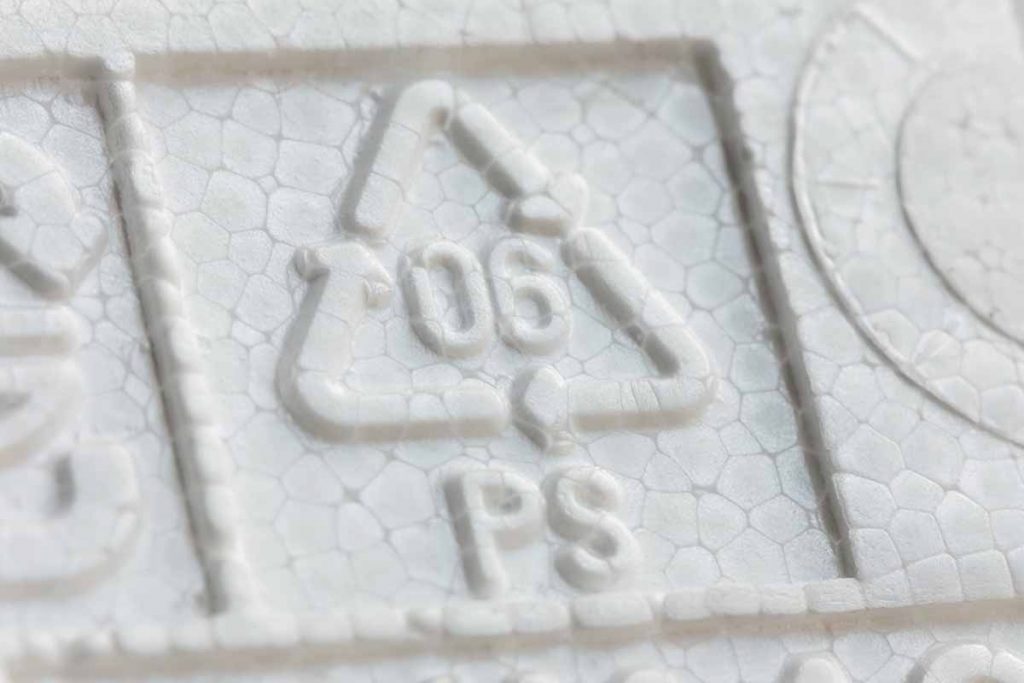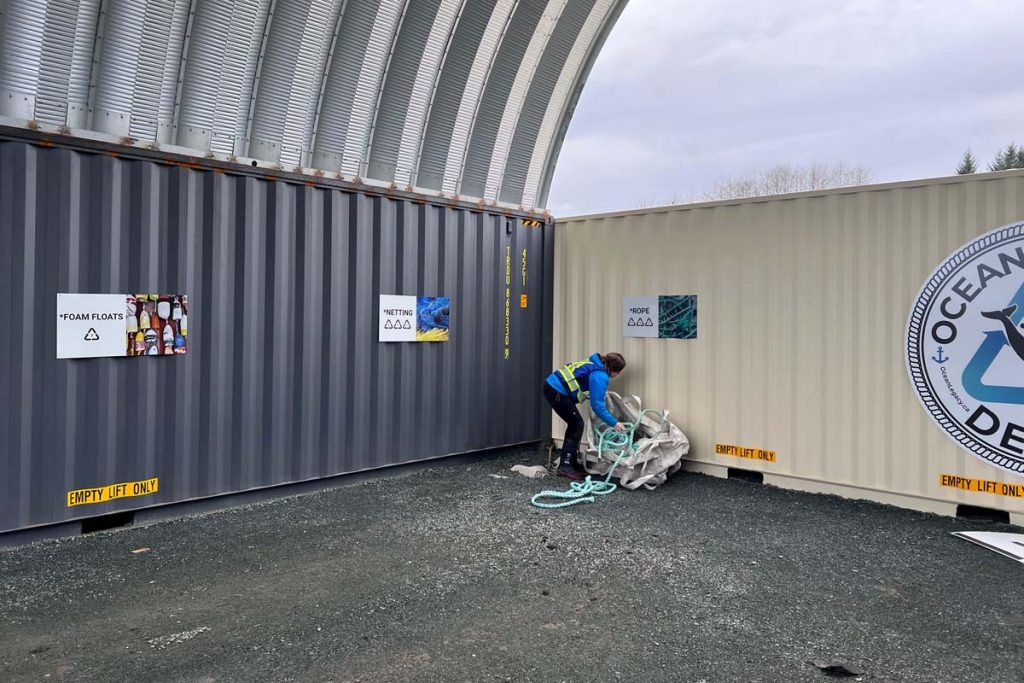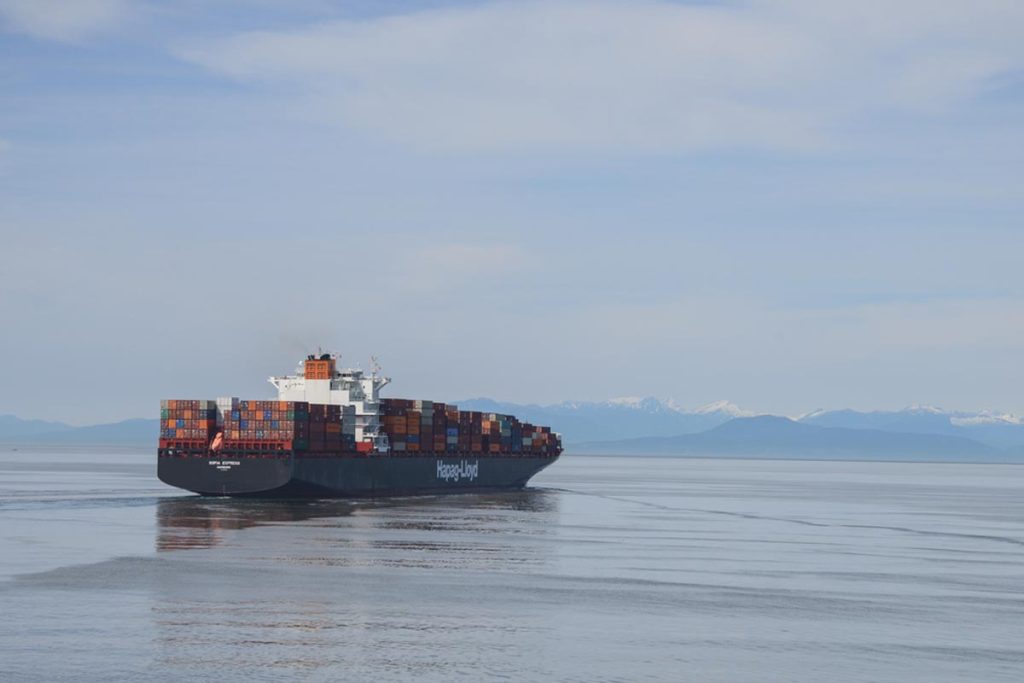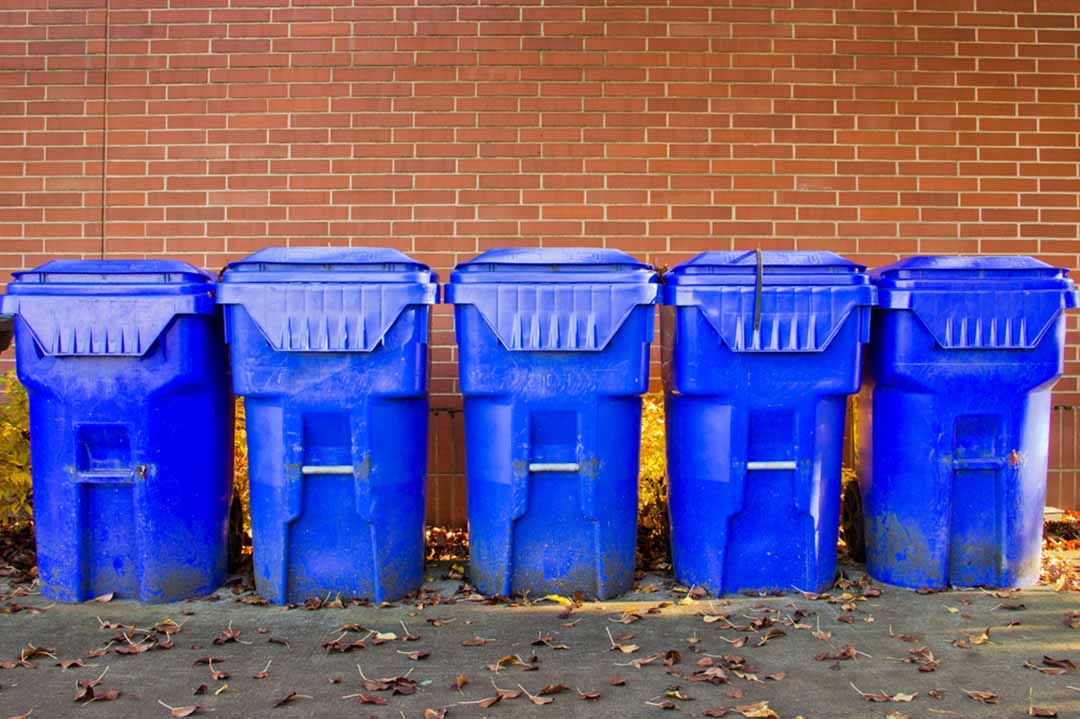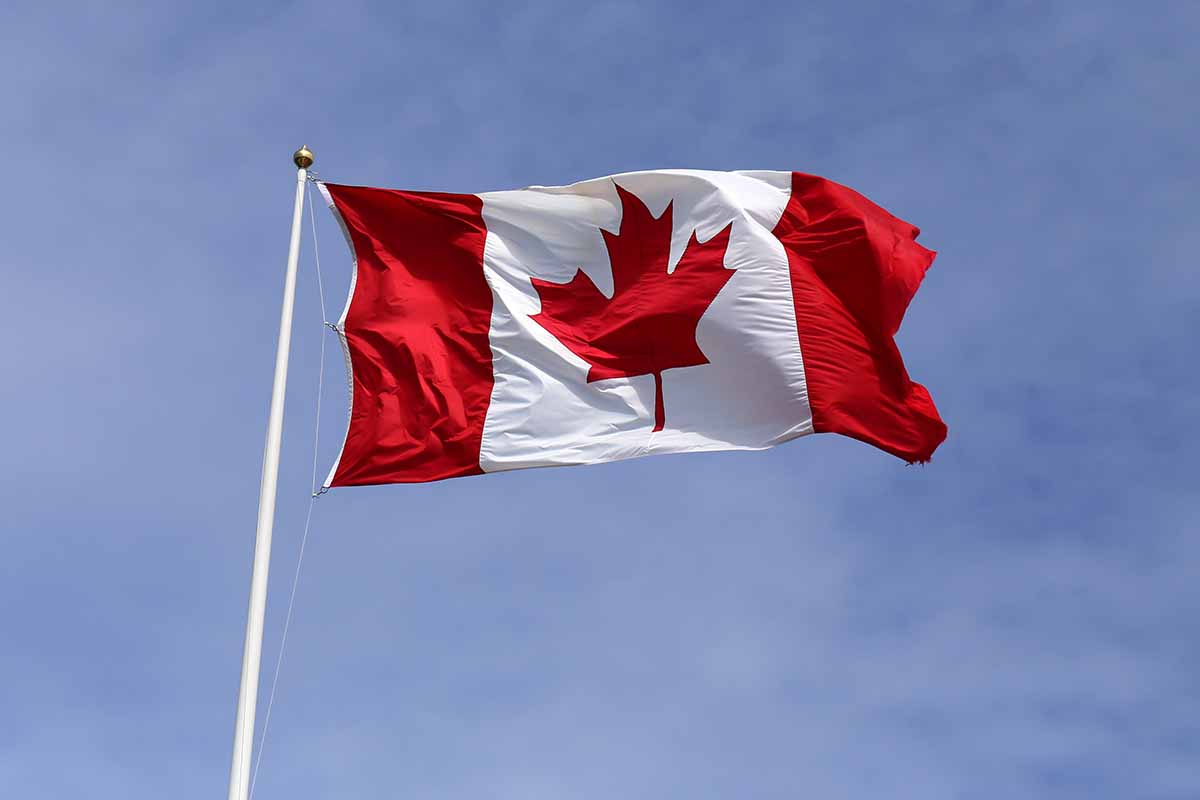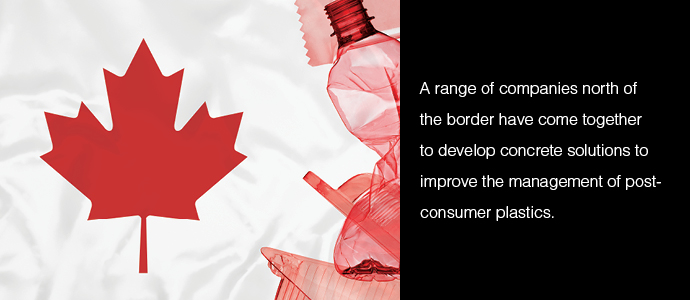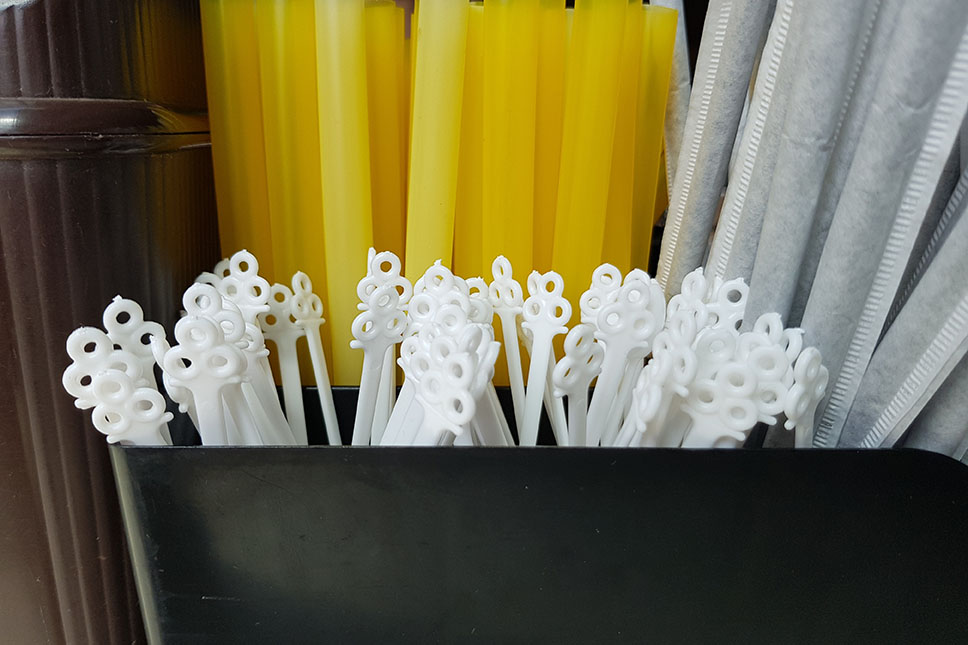
Hapag-Lloyd Aktiengesellschaft took legal action against materials exporter Golden Trust Trading on March 18, 2022, after the shipping giant said it transported 33 containers of PET, PP and PVC film bales from Vancouver, British Columbia to Bangkok in spring 2019 that were rejected by the Thai government. | John Crux/Shutterstock
A federal judge ruled that a Burnaby, British Columbia company owes an international shipping company $4.3 million Canadian dollars over plastics shipments rejected by the Thai government, the second such suit brought against the company. Continue Reading
